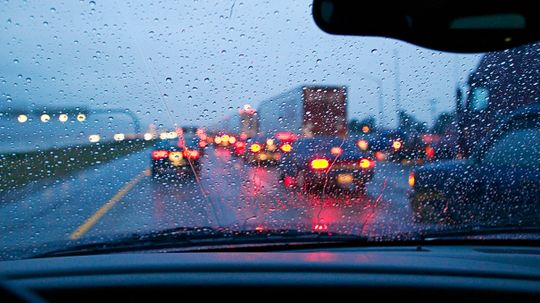The Hazards of Using Hazard Lights While Driving
Driving on the road requires our full attention and adherence to traffic rules. However, there is one common mistake that some people make – driving with their hazard lights flashing. This practice may seem like a safety precaution, but it can actually create more hazards than it prevents.
Firstly, using hazard lights while driving can confuse other drivers on the road. These lights are typically used to indicate that a vehicle is stationary or experiencing an emergency situation. When they are activated while the car is in motion, it sends mixed signals to other drivers who may not understand why you have your hazards on. This confusion can lead to accidents as motorists try to decipher your intentions.
In addition, relying solely on hazard lights for visibility reduces the effectiveness of your regular brake and indicator lights. Other drivers might find it difficult to gauge when you’re slowing down or changing lanes if these essential signals are masked by constantly flashing hazard lights. This lack of clarity increases the risk of rear-end collisions or sideswiping incidents.
The Legal Implications and Misuse of Hazard Lights
Using hazard lights while driving also raises legal concerns in many jurisdictions. Traffic laws generally dictate that these warning signals should only be used when a vehicle is stopped due to an emergency or breakdown, not during normal operation on public roads.
Misusing hazard lights not only violates traffic regulations but also undermines their intended purpose – alerting others about potential dangers ahead. By activating them unnecessarily, we dilute their significance and reduce their impact when they are genuinely needed.
Beyond legality and practicality issues, there’s another aspect worth considering: driver complacency caused by the misuse of hazard lights. When drivers become accustomed to using these lights as a safety blanket, they may develop a false sense of security and neglect other essential driving practices such as signaling properly or maintaining a safe distance from other vehicles.
Conclusion
In conclusion, driving with hazard lights flashing is not only potentially confusing for other motorists but also undermines the effectiveness of regular brake and indicator lights. It can lead to accidents, violate traffic laws, dilute their intended purpose, and promote complacency among drivers. Therefore, it’s crucial to reserve the use of hazard lights for emergency situations or when your vehicle is stationary on the road. Let’s prioritize clear communication on the road by adhering to proper signaling techniques and following traffic regulations.



